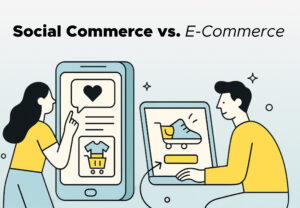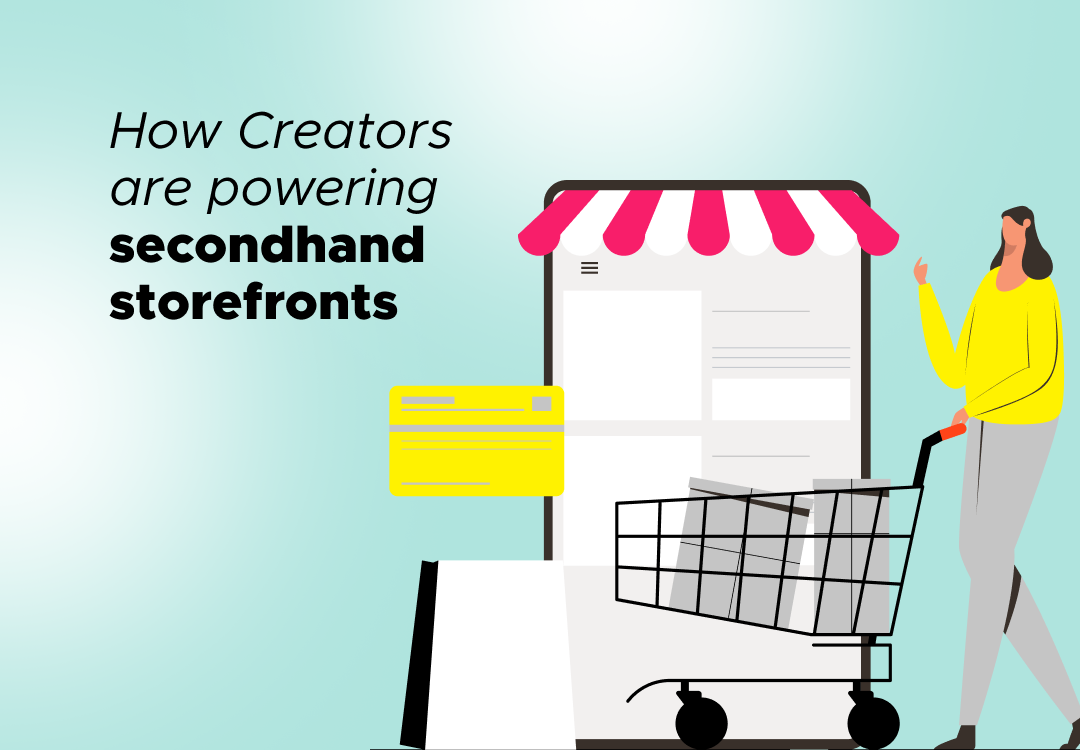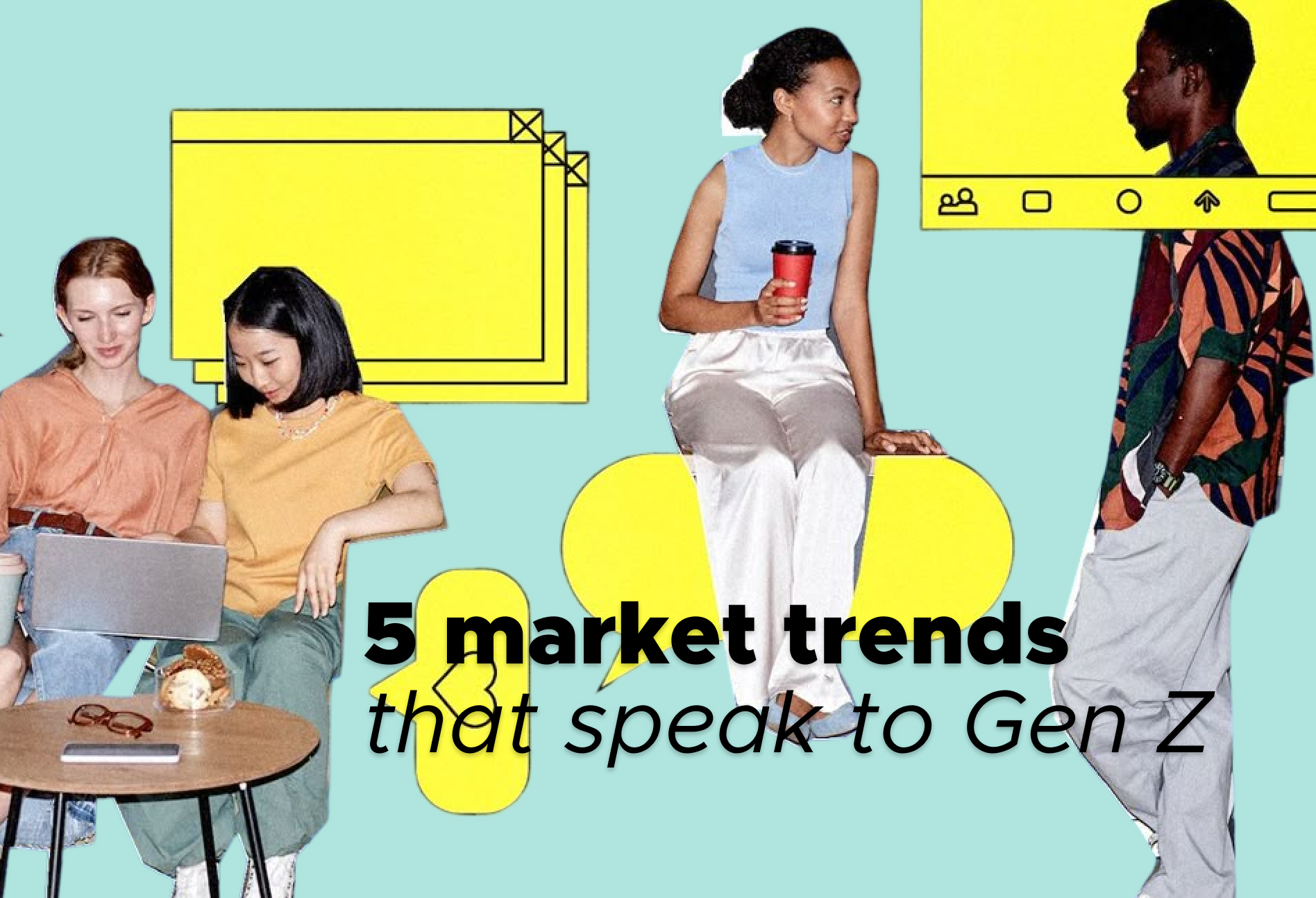Social Commerce Vs E-Commerce: What’s the Catch?
Social commerce breaks the traditional e-commerce model by shifting from search-driven buying to discovery-led engagement. Modern brands must merge both: social for creating desire, e-commerce for driving conversions.
Giugno 20, 2025

E-commerce is not dead. But it is evolving fast. And social commerce is a structural shift in the landscape.
Amazon spent years training consumers to search, click, and buy online. Then TikTok broke the entire model in just a few months. While traditional e-commerce was fighting yesterday’s war over conversion funnels and cart abandonment, social commerce was rewriting the rules of human buying behavior.
In a world shaped by both social commerce and e-commerce, you are no longer competing on price or performance. You are competing on relatability, trust, and timing. The question is whether your brand fits into how people naturally discover and decide today.
The Foundational Difference
Traditional e-commerce is a web-based system where brands sell products via online stores or marketplaces like Amazon, Shopify, or Flipkart. It operates on intent. Someone searches for running shoes, lands on your product page, and maybe converts. It’s a linear, predictable journey.
Social commerce is a sales model where products are sold directly through social media platforms like Instagram, TikTok, or YouTube using content, creators, and community. It operates on discovery and impulse. Your customers aren’t hunting for products, they are scrolling through their feeds, watching a friend’s story, or following their favorite creator. Then they see something they want/need/feel inspired by and buy it within the platform. This creates a completely different buying mindset.
Here’s how e-commerce and social commerce differ across key areas.
🔍Discovery Trigger
E-commerce: Users search for what they need.
Social commerce: Users discover products while browsing content.
📱Platform Experience
E-commerce: Websites and apps focus on quick product discovery & smooth checkout, using categories, filters, and a clean, efficient design.
Social commerce: Shopping happens directly within social media, driven by what users watch, like, and engage with.
🛒 Purchase Journey
E-commerce: A step-by-step process including search, view, cart, checkout.
Social Commerce: Instant purchases from content as there are no set path, just tap and buy.
🤝Trust Driver
E-commerce: Trust is built through reviews, ratings, and product details.
Social Commerce: Trust comes from creators, influencers, and personal recommendations.
🎯Conversion Motivation
E-commerce: Purchases are logic-driven, compare, evaluate, decide.
Social Commerce: Purchases are emotion-driven driven by lifestyle, trends, and relatability.
📝Content Strategy
E-commerce: Content supports commerce, with each piece serving a distinct role, SEO, conversion, or retention.
Social Commerce: Content is commerce with entertainment, engagement, and shopping all rolled into one.
🎛️📦Control and Distribution
E-commerce: You own the platform, data, and customer relationship and there is full control to grow and retarget.
Social Commerce: You are on borrowed platforms, they control the audience, rules, and can change things anytime.
Beyond Either: It’s Not About Picking Sides
Social commerce vs E-commerce is about understanding that they serve different psychological moments in your customer’s life. Traditional e-commerce excels when people know what they want. Social commerce excels when people don’t know they want anything yet. The businesses succeeding right now aren’t picking one approach. They are blending both into a seamless experience where social discovery feeds into e-commerce conversion, and e-commerce data informs social content strategy.
The future belongs to businesses that can balance both worlds, creating desire through social commerce platforms and fulfilling it through optimized e-commerce experiences. Everything else is just fighting the last war.
Latest News ☕

Secondhand, first choice: How platforms and creators are powering the resale boom
Ottobre 9, 2025
As platforms and creators turn resale into a driver of culture, community, and commerce, c...

Is the Brat community cancelling Taylor Swift?
Ottobre 7, 2025
Taylor Swift and Charli XCX’s rumored feud has reignited with the release of 'The Life o...

5 market trends that speak to Gen Z in 2025
Ottobre 4, 2025
Gen Z is redefining what brands must deliver in 2025 - from values-led shopping to creator...


